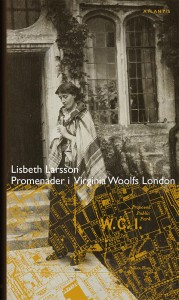Reading through an interesting contribution to the theory of narrativity and the study of city & city planning: Bond & Thompson-Fawcett’s article “Multiplicities, interwoven threads, holistic paths: The phronetic long-haul approach” in the volume Qualitative Urban Analysis – several other articles in the volume offer insights in the use of narrative approaches for multidisciplinary research.
“The tiny details, often reduced and overlooked in analysis, can reveal the depth of the meaning people have for places and spaces with which they identify. Narratives provide a means to make sense of and understand social phenomena and individual experience (Flyvberg, 2004a). Narratives carry a degree of explanation because they are recalled from memories of events and reconstructed in the telling (Czarniawska, 2004; Eckstein, 2003; Sandercok, 2003). The retelling of stories involves a process of framing, whereby events are characterised, segmented, categorised and ordered through a reconstruction (Bruner, 1990). A narrative approach is co-terminous with a requirement for thick qualitative data, through which the researched speak in their voices to tell their stories.
Via a polyphony of voices, narratives provide a lens through which realities, processes and events can be gleaned.” (Bond & Thompson-Fawcett, 2008, pp. 56-57)
As planning is increasingly conducted by using narrative strategies, the development of a narrative theory becomes crucial for an examination of how our cities function, and Bond & Thompson-Fawcett make an important contribution in this direction. What could be taken further: the development of concrete tools for an analysis. Narrative & literary studies offer promising avenues of research for such an integrated narrative analysis of planning. Something I hope to develop further in my research on narrating urban redevelopment. More about that here.
Source:
Bond, Sophie, & Thompson-Fawcett, Michelle. (2008). Multiplicities, interwoven threads, holistic paths: The phronetic long-haul approach. In P. J. Maginn, S. M. Thompson & M. Tonts (Eds.), Qualitative Urban Analysis: An International Perspective (pp. 51-78). Oxford: JAI Press.

